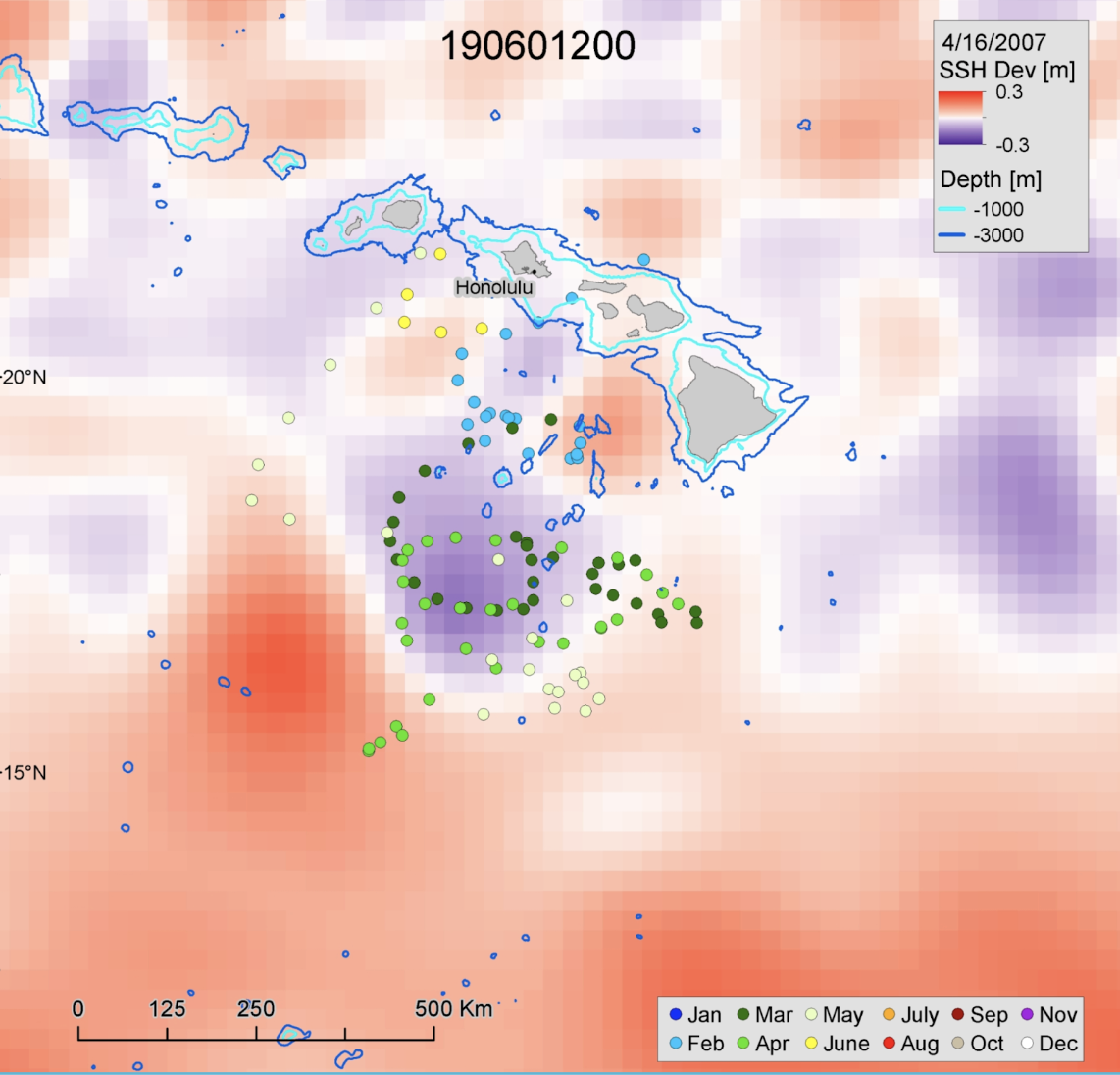Expressive Quadrupeds
 At Hands-On Robotics we are collaborating with the Stanford Children’s Hospital to explore how quadrupeds can improve peri-operative and inpatient pediatric experience. Our work has been featured in the Stanford Report, ABC News, and more.
At Hands-On Robotics we are collaborating with the Stanford Children’s Hospital to explore how quadrupeds can improve peri-operative and inpatient pediatric experience. Our work has been featured in the Stanford Report, ABC News, and more.



